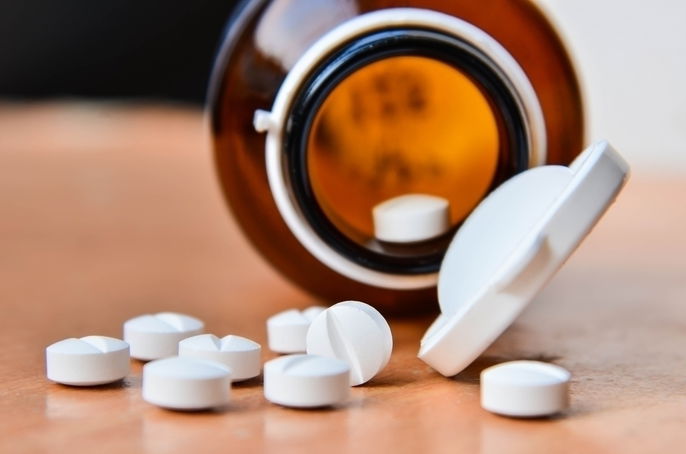Escitalopram is an antidepressant that is prescribed for the treatment of major depressive disorder or the prevention of recurrence. It is also ordered for the treatment of generalized anxiety disorder.
This medication works by increasing levels of serotonin, which is a neurotransmitter responsible for the feeling of well-being.
Escitalopram can be purchased in pharmacies or drugstores, in the form of drops or tablets with a prescription signed by a doctor or nurse practitioner.

How it works
Escitalopram helps the brain use more serotonin, a natural chemical that lifts mood and eases anxiety. It does this by slowing the brain’s reabsorption of serotonin, so more stays available to send happy signals between nerve cells. It usually takes about 4 to 6 weeks of daily doses before improvements are noticed.
What it’s used for
In the United States, escitalopram is FDA-approved for:
• Treatment of major depressive disorder in adults and adolescents 12–17 years of age .
• Treatment of generalized anxiety disorder in adults and children 7–17 years of age .
Off-label uses of escitalopram that a doctor may prescribe this medication for include the treatment of panic syndrome (with or without agoraphobia), social anxiety disorder and obsessive-compulsive disorder .
Which doctor to see
The treatment of depressive or anxiety disorders and obsessive-compulsive disorder should be guided by a psychiatrist, who is a doctor specialized in the prevention, diagnosis and treatment of mental, emotional and behavioral disorders .
How to take and dose
Escitalopram is taken orally, once a day, with or without food. Preferably, it should be taken at the same time every day. Escitalopram drops should be diluted in water, orange or apple juice before taking.
Dosing may vary depending on the patient's age and/or health status.
-
Adults: Start at 10 mg once daily; maximum 20 mg per day
-
Elderly or hepatic impairment: Start at 5 mg once daily; may increase to 10 mg based on tolerance
-
Pediatric patients: Same dosing as adults, per indication
When discontinuing this medication, the doctor may recommend reducing the dose gradually by 5 mg every 1–2 weeks to minimize withdrawal symptoms .
Possible side effects
Some of the most common side effects that may occur during treatment with escitalopram are:
- Gastrointestinal disturbances (nausea, vomiting, diarrhea, constipation)
- Headache and dizziness
- Sleep disturbances (insomnia or dayt me drowsiness)
- Excessive sweating and weight changes
- Anxiety or nervousness
Additionally, some people may experience muscle pain, joint pain, sexual dysfunction (decreased libido, anorgasmia, erectile dysfunction), fever, tiredness and weight gain
Contraindications for use
Escitalopram is contraindicated for:
- Children younger than 12 years for any indication or younger than 7 years for anxiety disorders
- Known hypersensitivity to escitalopram or its components
- Patients taking monoamine oxidase inhibitors, including selegiline, moclobemide and linezolid
- Concomitant use with other drugs that prolong QT interval or induce serotonin syndrome
Escitalopram should be used during pregnancy only if the potential benefit justifies the potential risk. Possible neonatal adaptation syndrome and persistent pulmonary hypertension of the newborn have been reported with use during pregnancy, therefore close monitoring is recommended. Small amounts can be excreted in breast milk, therefore breastfed infants should be monitored for irritability and poor feeding.





























